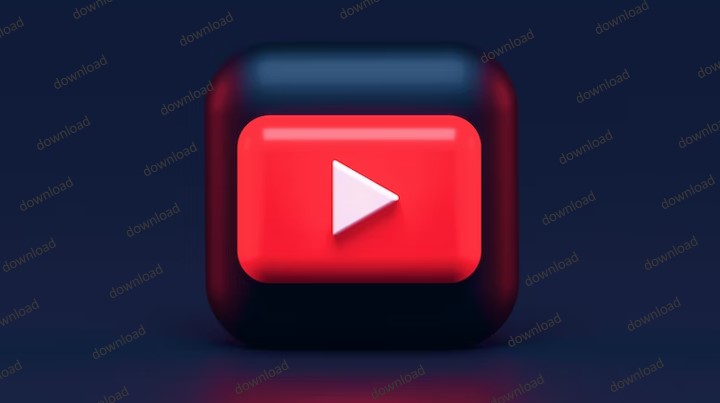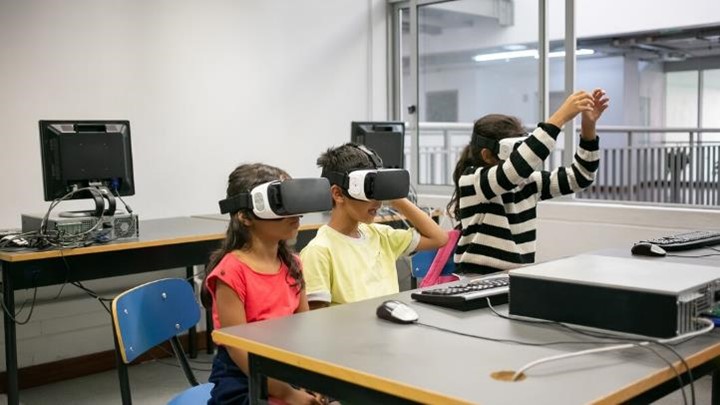In the ever-changing world of education, digital technologies have emerged as transformational assets, altering the classroom environment. From interactive learning platforms to collaborative applications, instructors who want to increase engagement and promote a dynamic learning environment must integrate these technologies effectively.
Educators are using a variety of creative techniques to make learning experiences more interesting, interactive, and successful. In this blog post, we will be discussing digital tools for the classroom and how they can help your career as a teacher. We previously published a Google Classroom review for education.
But what precisely are these digital tools for the classroom?
What are digital tools?
Digital tools encompass a wide range of technology-based applications used for teaching and learning. These tools can be accessed on various devices, from computers and tablets to smartphones and interactive whiteboards. Some popular examples include:
- Educational software and apps: These interactive programs cover diverse subjects, offering simulations, games, quizzes, and activities that enhance understanding and retention.
- Cloud-based platforms: Tools like Google Classroom and Schoology facilitate online learning communities, allowing for communication, collaboration, and resource sharing.
- Multimedia resources: Educational videos, podcasts, and simulations bring subjects to life, offering immersive and engaging learning experiences.
- Digital storytelling tools: Students can create interactive presentations, animations, and even virtual tours, fostering creativity and communication skills.
- Assessment tools: Online quizzes, polls, and surveys provide real-time feedback, enabling educators to personalize learning and track student progress.
Digital tools for the classroom
1. Google Classroom
Google Classroom is an online learning tool created by Google that simplifies the process of creating, sharing, and grading lessons in a digital classroom. It integrates seamlessly with Google Workspace for Education and offers a range of tools to enhance communication and collaboration between teachers and students.
2. Seesaw
This colorful app is a teacher’s dream for documenting and sharing student learning journeys. Think digital portfolios filled with photos, videos, and reflections, all easily accessible to parents and students. It’s the perfect tool for showcasing progress, fostering self-evaluation, and building those crucial home-school connections.
3. Zoom
Zoom is the champion of video conferencing. It brings the world to your classroom (and vice versa!). Invite guest speakers, connect with partner classrooms across the globe, or even take a virtual field trip to the Great Barrier Reef (minus the seasickness!).
4. ClassDojo
ClassDojo brings gamification to the classroom in a way that makes learning management fun and engaging. Award points for good behavior, teamwork, and completing tasks, and watch motivation soar. Plus, it’s a great communication tool for parents to stay updated on their child’s progress.
5. Socrative
Socrative takes quizzes and assessments to the next level. It can create interactive polls, quizzes, and exit tickets that students answer in real time on their devices. Get instant feedback, identify areas needing improvement, and make adjustments on the fly; it’s like having a classroom pulse checker!
6. Prezi
Prezi has ditched the static PowerPoint and wowed your students with dynamic, zooming presentations on Prezi. It can add images, videos, and even 3D objects to create presentations that are as engaging as they are informative. Imagine explaining the solar system through an interactive 3D model; talk about out-of-this-world learning!
7. Kahoot!
Kahoot! lets you create engaging quizzes with multiple-choice questions that students answer on their devices. Watch the excitement build as they race to the top of the leaderboard, all while solidifying key concepts. It’s the perfect way to review after a lesson or break the ice with a fun brain teaser.
8. Quizlet
Flashcards got you snoozing? Spice up the vocabulary review with Quizlet! Create and share interactive flashcards with images, audio recordings, and even games like Scattergories and Match. Students can also create their own sets, making learning collaborative and personalized. Plus, it’s accessible on any device, so learning can happen anywhere, anytime.
9. Padlet
Padlet is your virtual sticky note haven! It can create online walls where students can share ideas, collaborate on projects, or contribute to group discussions. It’s a great tool for fostering active participation and keeping everyone on the same page – without the paper scraps and lost notes.
10. Canvas
This powerful learning management system is your one-stop shop for organizing your entire classroom. Create online courses, share resources, manage assignments, and track student progress—all in one central hub. Think of personalized learning paths, interactive discussions, and feedback tools that make managing your classroom a breeze. Plus, students can access everything they need anytime and anywhere, making learning truly flexible.
11. Trello
Trello brings project management to your classroom with its intuitive drag-and-drop system. Create collaborative boards for group projects, track individual tasks, and visualize progress in real time. Say goodbye to confusion and hello to organized, efficient teamwork! Imagine each student contributing to a science project board, adding research findings, sharing images, and updating their progress. Collaboration gets a whole lot smoother with Trello.
12. Google Drive
Google Drive is a cloud-based storage and collaboration platform developed by Google. It serves as a central hub for creating, storing, and sharing various types of files, fostering seamless collaboration among individuals and teams. Files from Google Docs, sheets, slides, and other sources can be stored and shared via Google Drive.
13. Sutori
Take storytelling to the next level with Sutori. Create multimedia timelines, presentations, and even choose-your-own-adventure stories that bring history, literature, or any subject to life. Imagine students exploring historical events through interactive timelines, complete with images, videos, and primary sources. Or picture them diving into a choose-your-own-adventure story about fictional characters grappling with scientific concepts. The possibilities are endless, and the learning potential is limitless.
Benefits of digital tools for the classroom
Integrating digital tools into the classroom has various benefits for teachers as well as learners.
- Enhanced student engagement and motivation: Interactive tools make learning more engaging and pleasurable, which leads to higher student engagement and motivation.
- Improved learning outcomes: Research indicates that digital technologies can boost academic achievement, critical thinking skills, and problem-solving ability.
- Preparation for the digital world: By incorporating technology into the classroom, educators provide students with the skills and information required to succeed in a digital environment.
- Accessibility and inclusivity: Digital tools may offer a variety of learning possibilities for students with impairments, making education more inclusive and accessible.
- Real-time feedback and assessment: Digital technologies give rapid feedback, allowing teachers to customize lessons and provide individualized help to pupils.
Final Thoughts
Digital tools for the classroom are more than just a substitute for traditional teaching techniques; they are strong tools that can improve learning experiences, tailor training, and prepare students for the digital future. Educators may maximize the potential of their classrooms and encourage students to become lifelong learners by adopting these technologies creatively and strategically.







